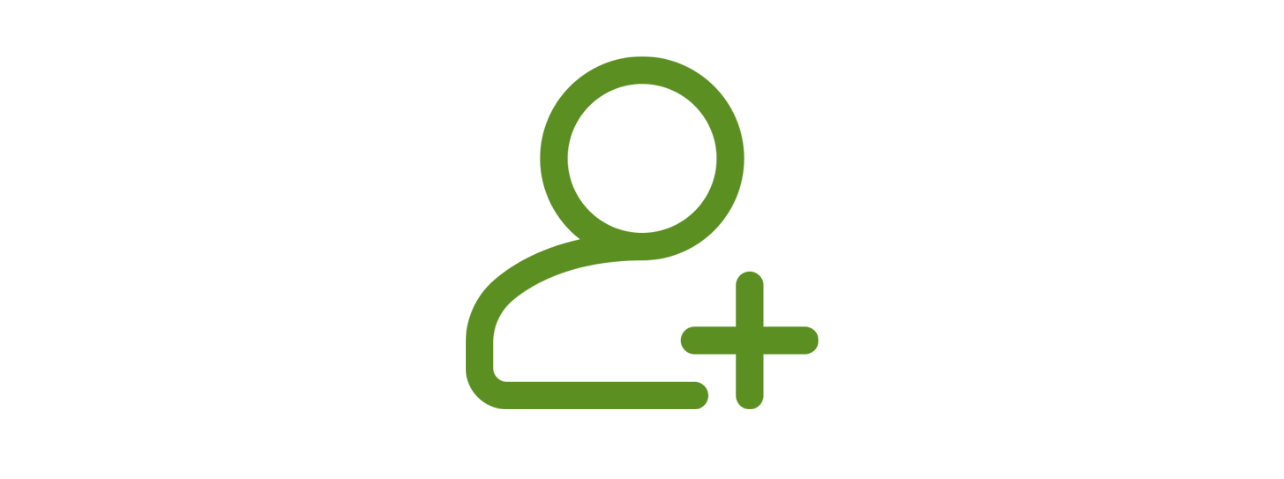Expanded Gender in CampBrain

Expanded Gender in CampBrain
After years of research and months of development, the expanded gender feature will be released in CampBrain today. The story of gender in CampBrain has a long and winding road. Before implementing our solution, we had countless interviews, developed 4 alternative solutions and chatted with a DEI consultant about gender at camp. Here is the full story of CampBrain’s development into an expanded gender feature.
History of Gender in CampBrain
A lot of time passed between initial conversations about this feature and the implementation of a solution. In that time much has changed – not just our solution, but also the demand for this feature, and the conversations about gender in the camp community itself.
When we released the web version of our software in 2013, gender was a mandatory field in the registration portal. The only choices were male and female. In 2014, our first change came from a small number of requests from clients who felt that a mandatory binary choice for gender was not right for their organization. So, we introduced a feature that let you turn gender off at the site level.
In the time between that change and now, we started to hear feedback and requests from clients asking for more. Specifically, a way to collect gender information that supported a broader view of gender. These requests started to come more often, and the emails and conversations were compelling, heartfelt, strongly worded, and passionate. We wanted to respond and adapt to changes in the camp community and ensure that our software is representative of all our clients’ values and needs.
Before we start development work on a new feature, we follow three critical steps:
- The Product team conducts research to understand the problem and needs.
- The Product team and User Experience team develop a high-level solution and validate the solution with clients to ensure we’re on the right track.
- The Development team gets together to solve how the feature will work and fit into our software.
Our team followed these steps for expanded gender but the process was longer, more difficult, and a lot less linear than usual.
Researching Expanded Gender
It took time, effort, iterating, lots of research, and creative thinking to get to the solution we have today.
It was important for us to ensure that everyone who would be impacted by expanded gender options was considered and involved in the process.
A lot of functionality is built around gender in our software. We knew a change to the way we collect gender information could have an impact on most of our clients. So we wanted to hear from a diverse group of clients with different perspectives on collecting gender information to ensure any changes we made met their needs. To achieve this, we interviewed a wide range of clients, some who reached out to us looking for change. But, we also spoke with clients who weren’t looking for change, and we sent out a survey to hear from a larger group of clients.
We also know we are not experts on the subject of gender. So we consulted experts and spoke with folks who have lived experience or would be most impacted from the registrant perspective. We spoke with a DEI consultant with a background in camp and folks in the LGBTQ2+ community.
Initial thinking and research for expanded gender began about 4 years ago. In that time there have been changes in the conversations we’ve had with clients, and the thinking and approaches to gender at camp and equity in the community. Our team did several rounds of research and validation to keep our potential solution relevant and effective.
Solution Timeline
Our solution for expanded gender needed to meet key client needs, be a reasonable size to implement and test, provide flexibility for a diverse group of clients, and be easy to understand and use. Meeting all of these requirements proved difficult, and our team cycled through five different solutions. These are the solutions that didn’t make the cut:
- 2018 solution 1 – This solution is vastly different from the one we have today. In 2018 there was much uncertainty and shift in the camp community and our research and solution reflected this.
- 2020 solution 2 – It was at this point that we met with a DEI consultant and she gave us guidance on how to ask for gender information in a respectful, welcoming way. Shortly after, the pandemic hit. We decided to pause work on expanded gender to focus on COVID features that would assist clients financially or speed up processes.
- June 2021, solution 3 – This solution was similar to 2020 but focused on the idea that gender should be stored with season information instead of personal information. This concept allowed gender to be flexible and fluid, but added a great deal of complexity.
- July 2021, solution 4 – We had increasing concerns that we were missing a key need – collecting gender identity. So we came up with a solution that allowed camps to collect it. This solution was still complex and had massive reporting implications that were unrealistic for our reporting team to take on.

The solutions that we rejected were either too large, too complicated, or didn’t fully address the problem we were trying to solve. It took time, effort, iterating, lots of research, and creative thinking to get to the solution we have today.
Solution Details for Expanded Gender
Here is a high-level look at CampBrain’s best solution for the expanded gender release:
- You can continue to collect gender as male and female.
- You can turn off gender and the system will stop asking for it for all of your seasons.
- If you collected gender in the past, you have the option to hide it in the office portal.
- If you divide programs or cabins by gender, instead of asking for gender, you can ask whom someone wants to be grouped with (or in a cabin with) using your own words.
- You can collect gender identity for registrants and staff applicants.
The considerations for gender at camp are constantly changing and evolving. We are happy that after years of development we have a solution that considers most camp situations, and is capable of handling their gender needs. If you have any questions, comments, or suggestions, please reach out to us at wishlist@campbrain.com.

Love your Software,
Alison
alisons@campbrain.com